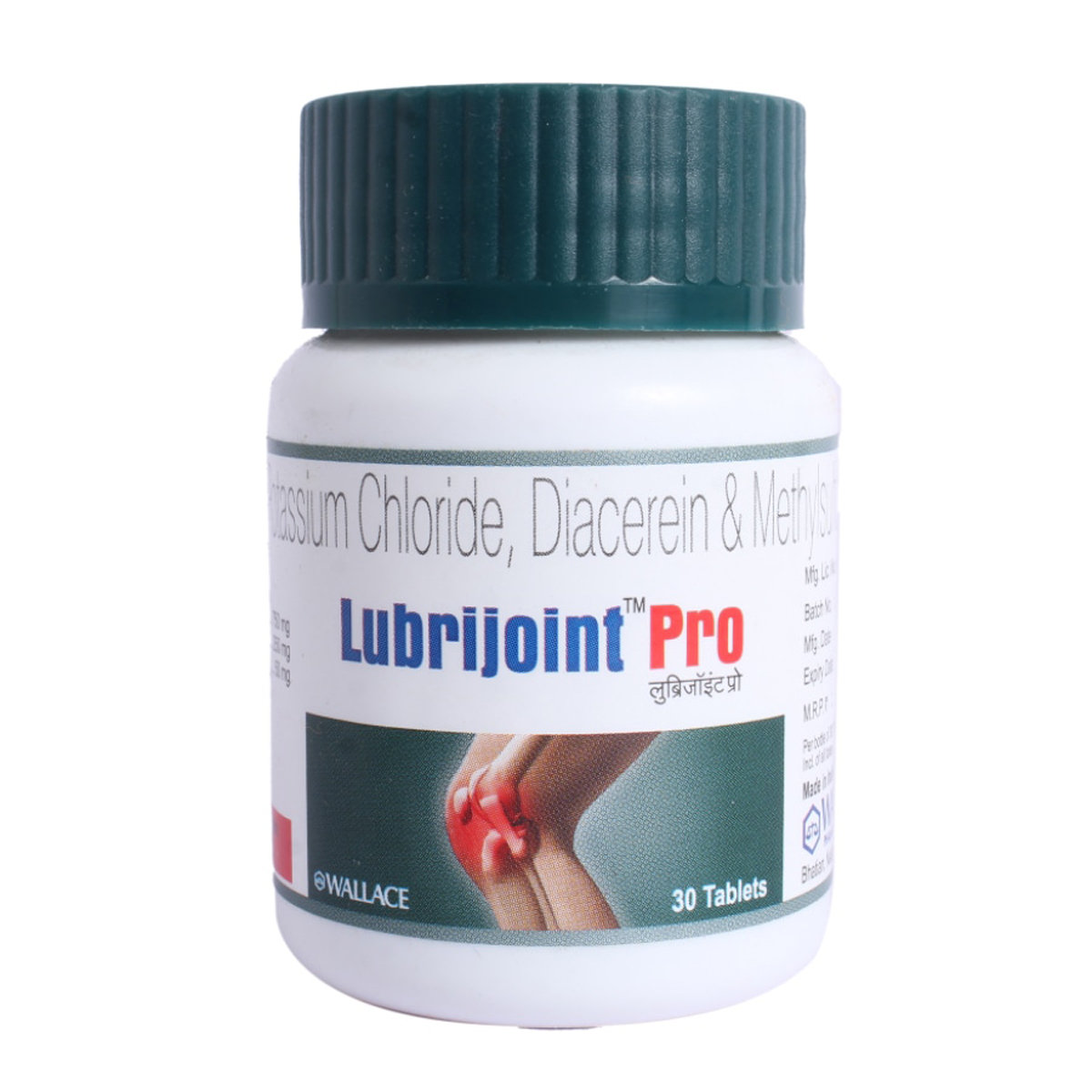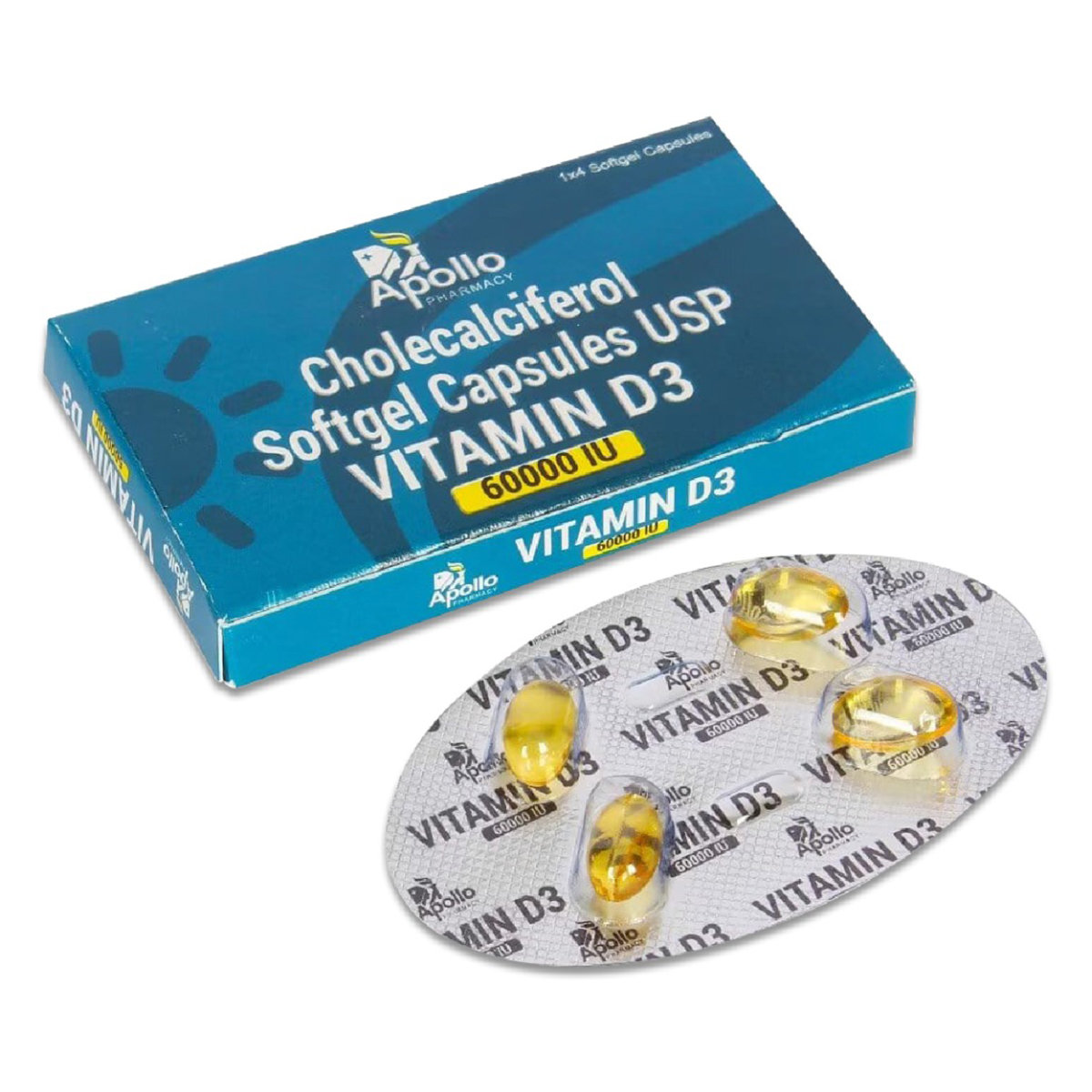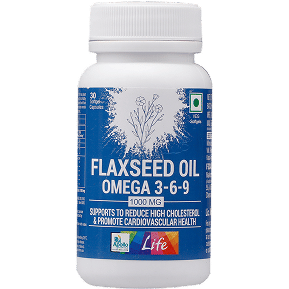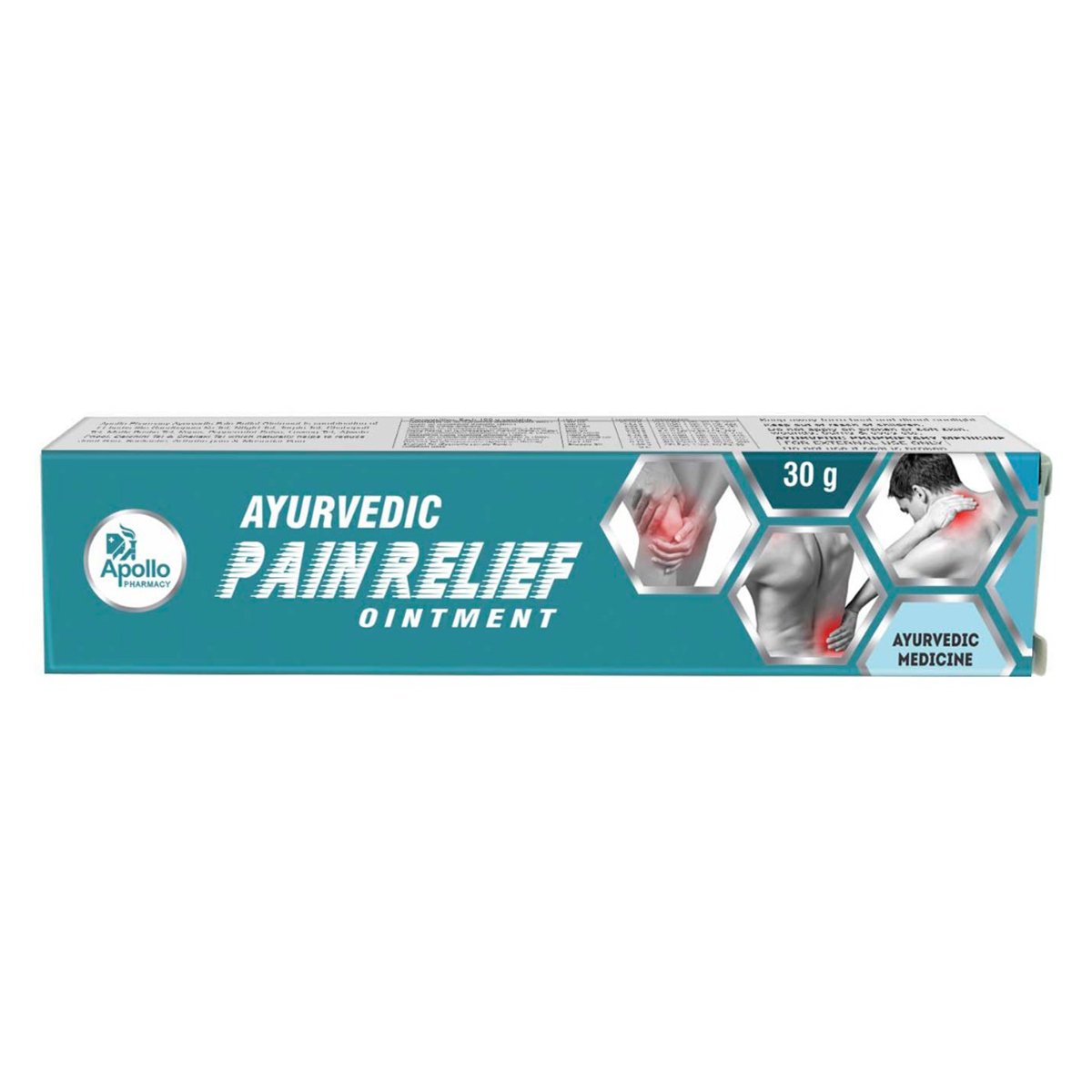Maxfree Tablet

MRP ₹160.5
(Inclusive of all Taxes)
₹24.1 Cashback (15%)
know your delivery time
Provide Delivery Location
Manufacturer/Marketer :
Consume Type :
Expires on or after :
Return Policy :

Secure Payment

Trusted by 8 Crore Indians

Genuine Products
Therapeutic Class
Country of origin
Manufacturer/Marketer address
Disclaimer
Alcohol
Safe if prescribed
Avoid consuming alcohol while taking Maxfree Tablet as it may increase the risk of side-effects.
Pregnancy
Consult your doctor
Maxfree Tablet may cause harmful effects on the unborn baby, so your doctor may recommend Maxfree Tablet only if the benefits outweigh the risks.
Breast Feeding
Consult your doctor
Maxfree Tablet may pass into breastmilk. Consult your doctor before taking Maxfree Tablet , your doctor will decide whether Maxfree Tablet can be taken by breastfeeding mothers or not.
Driving
Safe if prescribed
Maxfree Tablet may decrease alertness, so do not drive or operate machinery if you are not fully alert.
Liver
Consult your doctor
Maxfree Tablet should be used with caution in patients with liver diseases. The dose may have to be adjusted by the doctor as required.
Kidney
Consult your doctor
Maxfree Tablet should be used with caution in patients with liver diseases. The dose may have to be adjusted by the doctor as required.
Children
Safe if prescribed
Maxfree Tablet should not be given to children and adolescents below 18 years as safety and efficacy have not been established.
Product Substitutes
About Maxfree Tablet
Maxfree Tablet belongs to a group of medications known as ‘analgesics’ used to reduce the pain of osteoarthritis (OA). Osteoarthritis is a chronic (lifelong) joint condition in which glucosamine sulfate (a chemical found in the human body, especially in joints) gets reduced. When this chemical gets reduced, the cartilage breaks down and becomes thin, which causes friction between the bones leading to wear and tear (damage) of the joint tissues. Symptoms include pain, stiffness, inflammation of the joints, and reduced locomotion.
Maxfree Tablet contains Diacerein, Dimethyl sulfoxide, and Glucosamine. Diacerein slows down the breakdown of cartilage and helps to reduce pain and swelling. Dimethyl sulfoxide reduces the inflammation of the joints. Glucosamine reduces the breakdown of cartilage and helps to repair joints. Together, Maxfree Tablet can lower pain, swelling, and inflammation of the joints.
You should take this medicine as instructed by your doctor. The common side-effects of Maxfree Tablet are headache, tiredness, nausea, abdominal pain, indigestion, onion-like taste in the mouth, diarrhoea, discolouration of the urine, constipation, and wind (flatulence). These side effects are usually mild and temporary. However, if any of these side effects persist or get worse, inform your doctor immediately.
It is not recommended to take Maxfree Tablet if you are allergic to any contents of it, shellfish, or soya. Before taking Maxfree Tablet , inform your doctor if you have glucose intolerance, liver or kidney disease, high cholesterol, asthma, bladder or kidney cancer, and vision problems. It is not recommended for use in children, pregnant women, and breastfeeding mothers. It should be used with caution in the elderly. Avoid alcohol consumption as it may increase the risk of side effects. Maxfree Tablet may decrease alertness, so do not drive or operate heavy machinery if you are not fully alert.
Uses of Maxfree Tablet
Medicinal Benefits Mweb
Key Benefits
Maxfree Tablet improves joint's movement and flexibility by helping in the formation of cartilage (the soft tissue that cushions the joints) and lubricating the joints. It helps to repair joints and slow down the progression of the disease. It helps to relieve pain, swelling, and inflammation of the joints. Pain relief and improved motility can help you to perform daily activities easily.
Directions for Use
Side Effects of Maxfree Tablet
- Headache
- Tiredness
- Nausea
- Abdominal pain
- Indigestion
- Onion-like taste in the mouth
- Diarrhea
- Discoloration of the urine
- Constipation
- Wind (flatulence)
Drug Warnings
Maxfree Tablet may cause high cholesterol, so it should be used with caution in patients with heart disease risk. Maxfree Tablet may worsen the symptoms of asthma. You may notice discoloration of urine and an onion-like taste in the mouth. However, these effects are mild and do not require medical attention. If you notice any changes in vision while using Maxfree Tablet , inform your doctor immediately as this medicine may increase pressure in the eye.
Drug-Drug Interactions
Drug-Drug Interactions
Login/Sign Up
The combined use of Dicoumarol and Maxfree Tablet can increase the risk of unusual bleeding.
How to manage the interaction:
Co-administration of dicoumarol and Maxfree Tablet can lead to an interaction, it can be taken if advised by your doctor. However, if you experience any symptoms like unusual bleeding or bruising, vomiting, blood in your urine or stools, headache, dizziness, or weakness, consult the doctor immediately. Do not stop using any medications without a doctor's advice.
The combined use of Maxfree Tablet and warfarin can increase the risk of bleeding.
How to manage the interaction:
Co-administration of Maxfree Tablet and warfarin can lead to an interaction, it can be taken if advised by your doctor. However, if you experience any symptoms like unusual bleeding or bruising, vomiting, blood in your urine or stools, headache, dizziness, or weakness, consult the doctor immediately. Do not stop using any medications without a doctor's advice.
Drug-Food Interactions
Drug-Food Interactions
Login/Sign Up
Drug-Diseases Interactions
Drug-Diseases Interactions
Login/Sign Up
Drug-Drug Interactions Checker List
- WARFARIN
- METFORMIN
- GLIBENCLAMIDE
- GLIMEPIRIDE
- TETRACYCLINE
Habit Forming
Special Advise
- Your doctor may advise you to regularly monitor blood glucose levels while using Maxfree Tablet .
- Patients taking anticoagulant therapy should be carefully monitored during the treatment with Maxfree Tablet .
Diet & Lifestyle Advise
- Include more glucosamine, chondroitin sulfate, vitamin D, calcium-enriched supplements. Besides this, turmeric and fish oils can help in reducing inflammation in the tissue.
- Please do not go for heavy exercise as it may increase your joint pain in arthritis. Instead, you can do stretching, low impact aerobic exercise like walking on a treadmill, bike riding, and swimming. You can also strengthen your muscle strength by lifting light weights.
- In the chronic condition of arthritis or joint pain, including fish like salmon, trout, tuna, and sardines. These fishes are enriched with omega-3 fatty acids that minimum level of chemical called cytokines, which ramp up inflammation.
- Your sitting posture is important, especially when you have pain and inflammation conditions. Try to sit little as possible, and only for a short time (10-15 min). Use back support like a rolled-up towel at the back of your curve to minimize pain. Keep your knees and hips at a right angle. Besides this, you can use a footrest if required.
All Substitutes & Brand Comparisons
RX
Out of StockArthofix GM Tablet 10's
Ebonics Health Care
₹140
(₹12.32 per unit)
14% CHEAPERRX
Medijoint Tablet 10's
Medicure Life Sciences Pvt Ltd
₹149
(₹13.41 per unit)
7% CHEAPERRX
Out of StockRin-GM Tablet 10's
Uzen Pharma
₹169
(₹15.21 per unit)
5% COSTLIER

Have a query?
Buy best Orthopedics products by
Sun Pharmaceutical Industries Ltd
Cipla Ltd
Lupin Ltd
Intas Pharmaceuticals Ltd
Alkem Laboratories Ltd
Abbott India Ltd
Zydus Healthcare Ltd
Zydus Cadila
Torrent Pharmaceuticals Ltd
Ipca Laboratories Ltd
Macleods Pharmaceuticals Ltd
Ajanta Pharma Ltd
Dr Reddy's Laboratories Ltd
Glenmark Pharmaceuticals Ltd
Vasu Organics Pvt Ltd
Hetero Healthcare Pvt Ltd
Leeford Healthcare Ltd
Wallace Pharmaceuticals Pvt Ltd
Emcure Pharmaceuticals Ltd
Msn Laboratories Pvt Ltd
Overseas Health Care Pvt Ltd
Aar Ess Remedies Pvt Ltd
Alembic Pharmaceuticals Ltd
Cadila Healthcare Ltd
Chemo Healthcare Pvt Ltd
Corona Remedies Pvt Ltd
East West Pharma India Pvt Ltd
Eleadora Pharma
GlaxoSmithKline Pharmaceuticals Ltd
Inga Laboratories Pvt Ltd
Mankind Pharma Pvt Ltd
Medsol India Overseas Pvt Ltd
Micro Labs Ltd
Natco Pharma Ltd
Olcare Laboratories Pvt Ltd
Pharmed Ltd
Pulse Pharmaceuticals
Synovion Laboratories Pvt Ltd
Talent India Pvt Ltd
Virchow Biotech Pvt Ltd
Akumentis Healthcare Ltd
Ankaa Pharmaceutical
Bioelite Lifesciences Pvt Ltd
Blisson Mediplus Pvt Ltd
Cell Salve Pharmaceutical
Dolvis Bio Pharma Pvt Ltd
Eins Pharmaceuticals
Genesis Biotech
La Renon Healthcare Pvt Ltd
Neon Laboratories Ltd
Novartis India Ltd
Panacea Biotec Ltd
Pfizer Ltd
Prevego Healthcare & Research Pvt Ltd
Ronyd Healthcare Pvt Ltd
Steris Healthcare
Sundyota Numandis Pharmaceuticals Pvt Ltd
Actus Health Care
Alna Biotech Pvt Ltd
Alteus Biogenics Pvt Ltd
Anthem Bio Pharma
Aten Remedies Pvt Ltd
Athens Labs Ltd
Aureate Healthcare
Aurolab
Avrohn Pharma (I) Ltd
Biorange Biologicals Pvt Ltd
Biorex Healthcare Pvt Ltd
CMG Biotech Pvt Ltd
Canixa Life Sciences Pvt Ltd
Celebrity Biopharma Ltd
Celera Healthcare Pvt Ltd
Celon Laboratories Pvt Ltd
Comed Chemicals Ltd
Cyrus Remedies Pvt Ltd
Dru Pharma Pvt Ltd
Edura Pharmaceuticals Pvt Ltd
Elder Pharmaceuticals Ltd
Energize Pharmaceuticals (P) Ltd
Fibovil Pharmaceuticals Pvt Ltd
Goddres Pharmaceuticals Pvt Ltd
Gufic Bioscience Ltd
Hiilsen Life Sciences Pvt Ltd
Iifa Healthcare
Intra Labs India Pvt Ltd
Jagsonpal Pharmaceuticals Ltd
Krishgir Pharmaceuticals Pvt Ltd
Lg Life Sciences India Pvt Ltd
Mastro Biologicals Pvt Ltd
Maverick Pharma Pvt Ltd
Medicure Life Sciences Pvt Ltd
Medieos Life Sciences Llp
Medley Pharmaceuticals Ltd
Meyer Organics Pvt Ltd
Organic Pharmaceuticals Pvt Ltd
Qurewell Health Science Pvt Ltd
R B Pharmaceuticals
RPG Life Sciences Ltd
Ravinor Lifesciences
Regenix Drugs Ltd
Frequently Bought Together
Customers Also Bought








